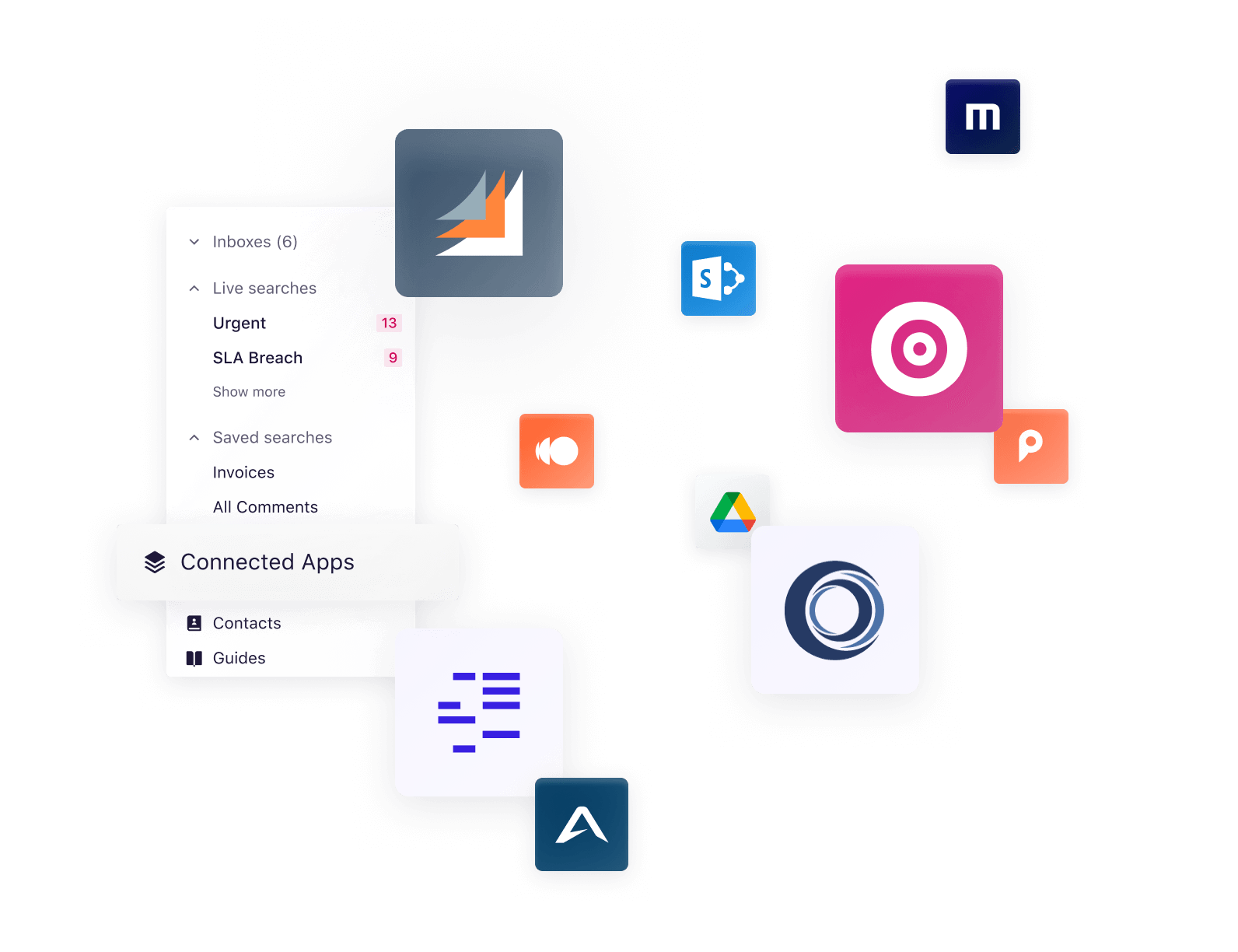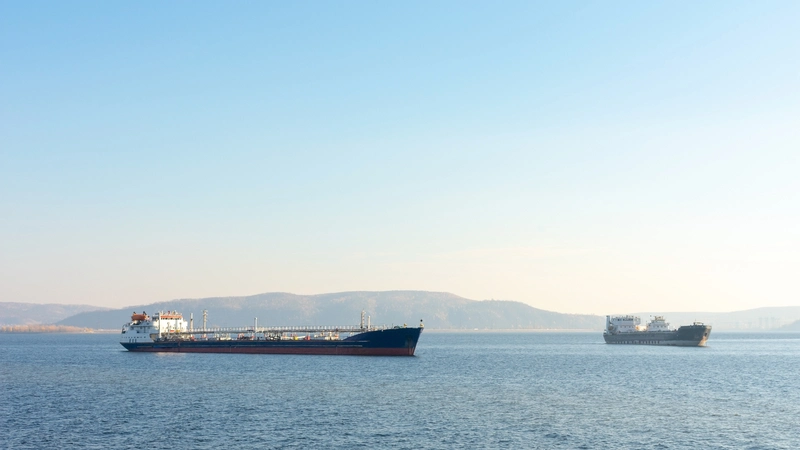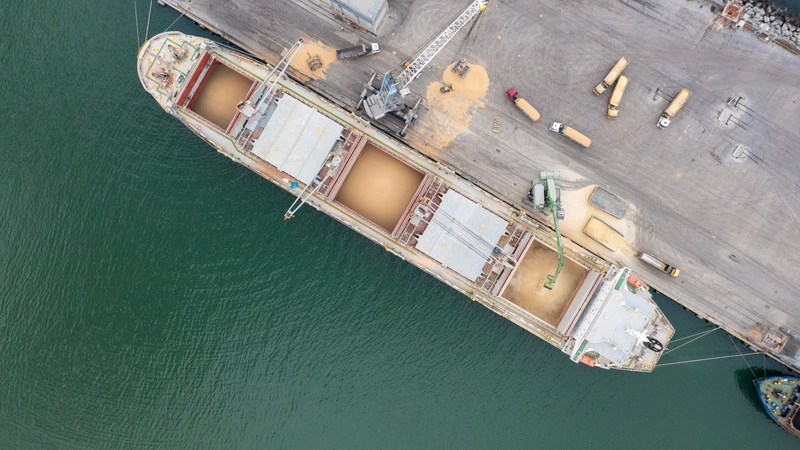The maritime technology revolution: Navigating future shipping trends
The maritime industry is undergoing a rapid transformation, driven by digitalisation, decarbonisation and an increased focus on sustainability and security. This revolution is set to reshape the industry, offering opportunities for innovation and efficiency gains. In this article, we will explore key trends that are shaping the future of maritime and shipping, covering technological innovations, workforce developments, environmental regulations, and security measures.
Innovation of technology in maritime
The maritime industry has often been considered a technology laggard, but it is now rapidly embracing digitalisation and innovation to stay competitive. Digital transformation in shipping and maritime has become imperative as the industry faces higher capital and operating costs, necessitating increased efficiency across all aspects of the business.
Before the COVID-19 pandemic, digital transformation in the shipping industry was already being explored as a route to streamline processes for enhanced operational efficiency. The disruptions caused by the pandemic accelerated this need. According to a recent survey, two-thirds of shipping companies, logistics providers, and carriers have a digital transformation strategy to digitise their operations.
Real-time Connectivity & IOT
Real-time connectivity and the Internet of Things (IoT) are also transforming the industry. Low Earth orbiting (LEO) satellite technology has made high-speed internet access available even in remote locations, improving supply chain visibility and communication. IoT devices, such as smart containers and intelligent ships, enable continuous monitoring, risk assessment, and operational optimisation, empowering shipping companies and their partners.

Digitalisation of the Supply Chain
The digital transformation goes beyond ships and extends to the entire supply chain. Digital twins, which are virtual replicas of physical systems, enhance the design and performance monitoring of ports and ships. These digital twins provide increased visibility across the supply chain, fostering transparency and better decision-making.
Industry-specific software applications, including fleet management platforms, operations systems, and communication platforms, aim to enhance efficiency across the network. For example, at Sedna, we’re improving inbox efficiency and helping maritime teams process large volumes of unstructured messages more effectively.
Robotics and AI
Robots and AI are making their presence felt in various maritime operations, from inspections and maintenance to cargo handling. These technologies work around the clock, improving accuracy, reducing the risk of accidents, and boosting efficiency.
Artificial intelligence in maritime is being used to streamline complex processes, reduce errors, and improve efficiency across various maritime operations. As AI technologies continue to advance, they offer the potential to automate and optimise everyday tasks, democratising access to data and analytics. This allows even non-technical users to handle data-intensive tasks with ease.
⚓ Read more about how artificial intelligence can optimise the maritime industry.
Workforce Developments
As shipping technology advances, the workforce must adapt to meet new challenges and opportunities. There is a growing demand for higher-skilled workers who are proficient in managing complex systems and comfortable working in highly automated environments. The industry needs to invest in comprehensive training programs to ensure that employees possess the necessary skills to navigate these new maritime and shipping technologies.
Expanding Talent Pools and Increased Diversity
The maritime industry has long struggled with a significant gender imbalance. Initiatives like WISTA and the Women in Maritime Network aim to promote and empower women in the industry. By involving more women with diverse backgrounds, experiences, and skills, the industry can advance its future.
Increased Bandwidth at Sea and Crew Welfare
Improved connectivity at sea is enhancing crew welfare and reducing isolation during long voyages. It enables online training, continuous learning, and skill development. Reliable bandwidth also allows for telehealth services, ensuring that crew members can access medical care remotely. These developments contribute to a more sustainable working environment for those at sea.
Environmental Regulation & Decarbonisation
The shipping industry has been associated with significant environmental impacts, and there is a growing emphasis on sustainability and decarbonisation.
International Maritime Organisation (IMO) Regulations
The IMO plays a critical role in guiding the industry towards sustainability. Recent regulations, such as the sulfur cap regulation and the Ballast Water Management Convention, aim to reduce the environmental impact of maritime operations. The IMO has announced a plan to achieve net-zero emissions from international shipping by 2050, with indicative check-points for 2030 and 2040. This plan includes the use of the Carbon Intensity Indicator (CII) to rate vessel emissions and encourage corrective actions.

Emissions Pricing and Trading
Market-based measures, including emissions pricing and emissions trading, incentivise companies to reduce emissions and adopt greener practices. These measures also generate revenue to fund sustainability initiatives.
Alternative Fuels and Green Technologies
Exploration of alternative fuels, such as liquefied natural gas (LNG), and the implementation of green technologies are central to the decarbonisation of shipping. Electric and hybrid propulsion systems offer additional pathways to sustainability. Energy-efficient ship design and equipment improvements, such as highly efficient propellers, are expected to significantly reduce fuel consumption and greenhouse gas emissions.
Cyber security in maritime
The increased use of technology and automation in shipping presents new cyber security challenges. Protecting critical infrastructure and data is crucial, and regulatory bodies are instituting measures to enhance cyber security in shipping and maritime. Maritime technology providers are building robust, compliant tools to reduce the risk of cyber attacks and safeguard sensitive data.
🔒 How we keep data privacy at the heart of our open partner ecosystem.
Supply Chain Risk Management
There is a growing emphasis on strengthening supply chain risk management to mitigate disruptions caused by unpredictable events. Digital tracking and monitoring systems offer real-time visibility into supply chains, enabling swift responses to potential disruptions and enhancing overall resilience.
Vessel and Port Security
Ensuring the security of operations and physical infrastructure is equally important. The ISPS code and advancements of technology in shipping, such as secure port fencing, biometric access control systems, high-definition surveillance systems, and inspection tools, contribute to a safer maritime industry.
Looking Forward
The shipping industry is on the verge of a significant transformation, marked by digitalisation, sustainability, and heightened security measures. These trends offer new opportunities for innovation in a sector that has been traditionally resistant to change. The potential benefits extend beyond the industry, creating shared value for global trade, society, and the environment. As the industry adapts to these changes, clear-sightedness, efficiency, and connectivity will be critical for success.
Curious about how to get started? Our recent blog talks about where to start your maritime digital transformation journey.

Latest resources
Driving faster action and insights from your core business system
Connected Apps integrate business-critical data hidden across your digital ecosystem. Make informed decisions without needing to switch contexts or systems.






